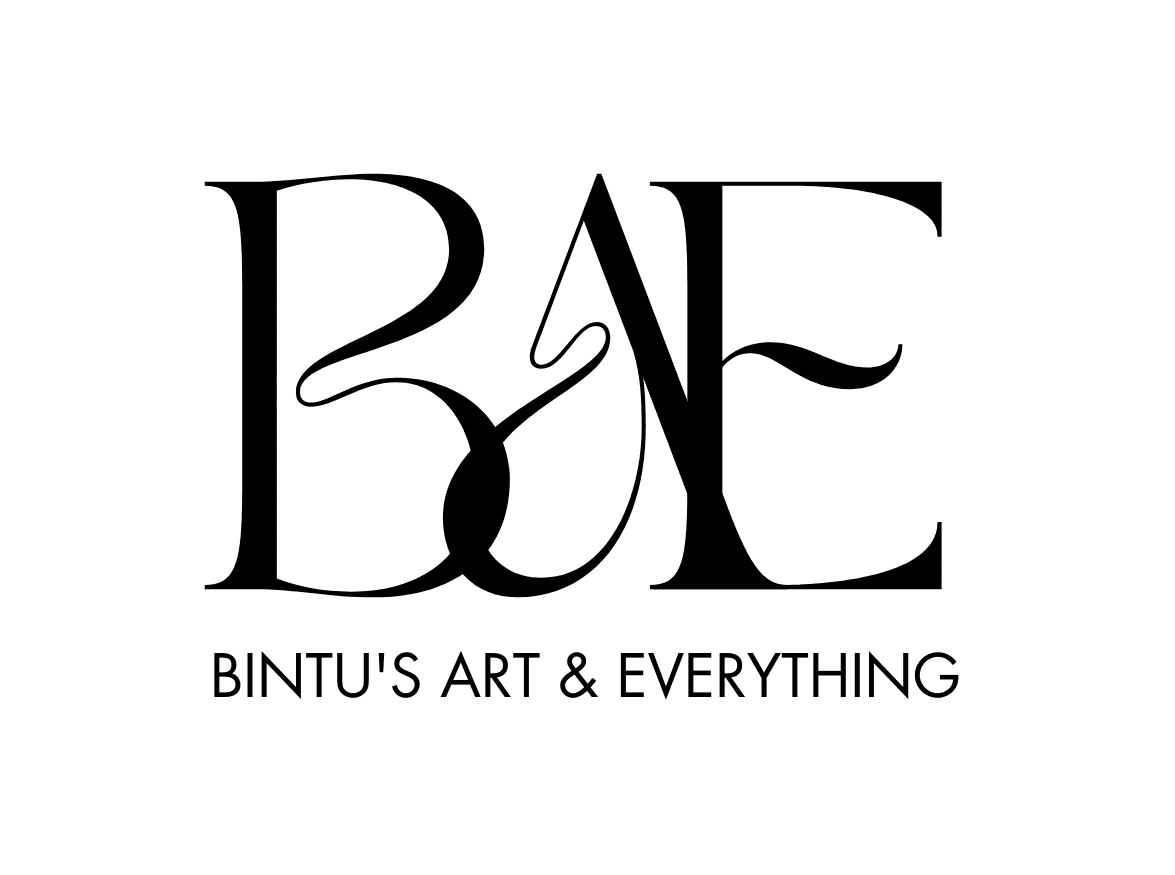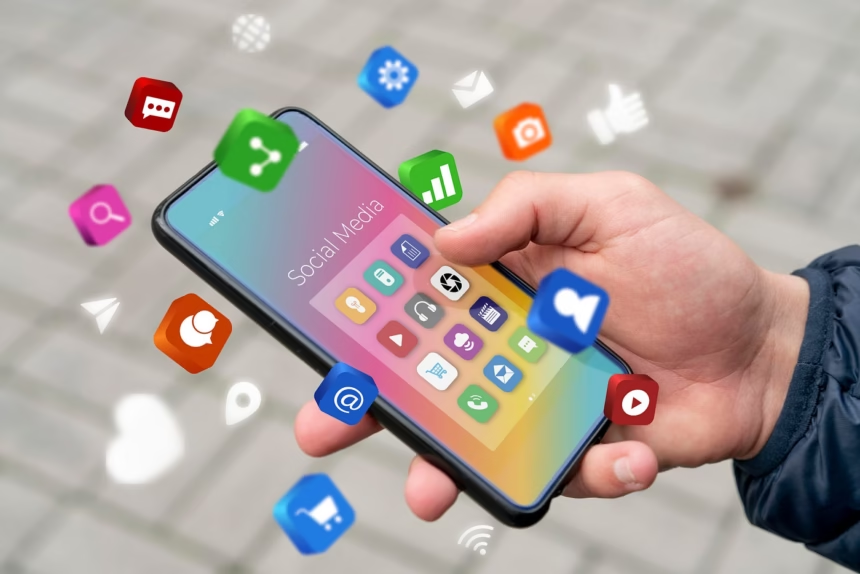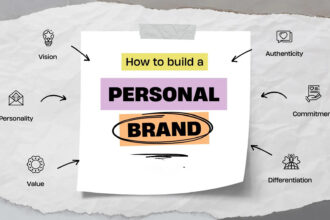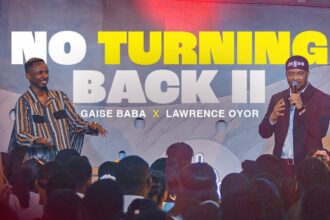Digital Minimalism: A New Trend Among Online Users
In our hyper-connected world, it’s easy to feel bombarded by endless notifications, social feeds, and the perpetual buzz of digital life. But lately, a refreshing change has been emerging: digital minimalism. This movement, championed by a new wave of online users, encourages us to rethink not only how much time we spend on devices, but—more importantly—how meaningful and intentional that time is. Let’s explore what digital minimalism is, why it’s gaining traction, and how it’s reshaping internet habits around the globe.
What Is Digital Minimalism?
I once thought paring down my digital life simply meant deleting a few apps or organizing files, but digital minimalism goes deeper. It’s a philosophy rooted in the intentional use of digital technology. Instead of mindlessly scrolling or multitasking across screens, digital minimalism asks us to focus on what truly adds value—whether that’s nurturing creativity, connecting with loved ones, or learning something new.
Some folks liken it to Marie Kondo’s decluttering, but for your devices and habits. It’s not about rejecting technology; rather, it’s about using it with care and purpose.
Why Are Online Users Embracing Digital Minimalism?
There’s no denying the modern web is loud. Between work emails, group chats, and viral trends, the noise can quickly become exhausting. Here’s why so many are seeking a simpler online life:
- Fatigue from digital overload: Too much screen time has been linked with stress, sleep problems, and even burnout. After years of “always on” culture, many users are craving calm.
- Desire for quality over quantity: Scrolling through hundreds of posts rarely leaves anyone feeling fulfilled. Digital minimalists choose fewer, richer online experiences.
- Need for genuine connections: Social media promises connection but often delivers shallow interaction. Being intentional online makes room for deeper friendships and more meaningful conversations.
- Focus and productivity: Cutting digital clutter improves concentration—for work and play.
Signs You Might Need Digital Minimalism
Also Read: Social Search Optimization (SSO): Boost Your Visibility in a Social-Driven Digital World
Is digital minimalism calling your name? Here are a few signals you might benefit from decluttering your digital world:
- You reach for your phone out of habit, not intention.
- Notifications interrupt your thoughts or sleep.
- You feel overwhelmed by news, comments, or endless threads.
- You can’t remember the last time your devices made you genuinely happy.
I’ve experienced all of these—and trust me, there’s light at the end of the tunnel!
Key Principles of Digital Minimalism
How do digital minimalists approach online life? Every journey is unique, but there are common threads:
- Intentionality: Examine why and how you use each app or device. Ask: does this serve a purpose, or is it just filling time?
- Fewer, better tools: Rather than collecting dozens of apps, digital minimalists stick with a handful chosen for their usefulness.
- Boundaries: Establish set times for checking emails or social media, and protect tech-free time.
- Periodic detoxes: Some devote one day a week—or even one hour a day—to unplug completely. It’s like a spring cleaning for your brain.
Simple Steps to Start Your Digital Declutter
Intimidated by the idea of pruning your digital life? No worries—I’ve found that small changes can lead to massive results.
- Audit your usage: Track your screen time for a week. What apps or sites give you energy, and which leave you drained?
- Unsubscribe and unfollow: Ruthlessly trim your subscriptions, newsletters, and feeds. Focus only on sources that genuinely enrich your day.
- Tame notifications: Turn off non-essential alerts. Let your devices work for you—not against your focus!
- Create mindful routines: For example, commit to no screens at mealtimes, or dedicate the first and last 30 minutes of your day to offline activities.
- Invest in hobbies IRL: The best antidote to online overload is to rediscover joy in analog pursuits—reading, cooking, exercising, catching up in person.
The Unexpected Benefits of Digital Minimalism
It surprised me how much room digital minimalism made in my life. I found myself less anxious, sleeping better, and rediscovering the pleasure of boredom (a rare thing in today’s attention economy!). Many others report deeper focus, more meaningful relationships, and the creative spark that comes from unstructured downtime.
Common Challenges and How to Overcome Them
Of course, it’s not always smooth sailing. Digital fear of missing out (FOMO) is real. Work cultures that expect rapid replies can be hard to resist. But persistence pays off. Start by communicating your new boundaries and being gentle with yourself while adjusting—old habits take time to unwind.
Looking Ahead: Is Digital Minimalism Here to Stay?
All the signs point to yes. As workplaces, content creators, and communities become more aware of digital wellness, the pressure to be always available fades. New apps and platforms built with minimalism at their core are popping up, making it easier to live intentionally online.
Final Thoughts
Ultimately, digital minimalism isn’t about what you give up—it’s about what you gain. More peace, more focus, more genuine connections… and the realization that a simplified digital life can feel profoundly liberating. Whether you go all-in or experiment with a few mindful changes, your brain—and your heart—will thank you for choosing quality over quantity in the digital age.






